|
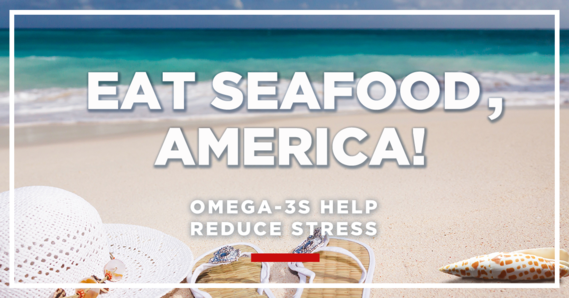
The Atlantic sea scallop is one of the most successful fisheries in the country and a smart seafood choice because it is sustainably managed and responsibly harvested. Check out this interactive story map to learn more about our New England/Greater Atlantic Region's Research Set-Aside program and how we're working to learn more about this species and what makes a successful fishery.
|
|
Highlights
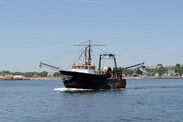
NOAA is launching an agency-wide effort to gather initial public input on Section 216(c) of the Executive Order on Tackling the Climate Crisis at Home and Abroad. This section directs NOAA to collect recommendations on how to make fisheries, including aquaculture, and protected resources more resilient to climate change. This includes changes in management and conservation measures and improvements in science, monitoring, and cooperative research. We invite your input on how best to achieve these objectives by April 2, 2021.
|

NOAA Fisheries has named Nancy Majower as our new Chief Information Officer. The Office of the CIO is responsible for website design and development, customer support services, information technology security management, infrastructure management, and software development across Fisheries. In her new role, Majower will align information management and technology resources with NOAA Fisheries’ mission and priorities.
|
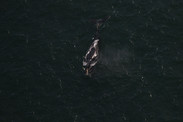
The entangled whale was spotted south of Nantucket last October and re-spotted in poor body condition off Florida’s Treasure Coast in February.
|

A recent review of North Atlantic right whale health assessment techniques highlights activities to improve monitoring and protection for this endangered species.
|
|
|
Alaska
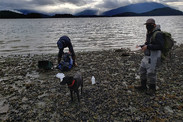
Many marine fish and crab species spend their critical early development stages of life in shallow, coastal waters. Scientists at the Alaska Fisheries Science Center’s Auke Bay Laboratories conducted a pilot study using environmental DNA (eDNA) techniques in 2020. They identified more than 40 species in nine sites around Juneau, Alaska.
|
|
|
West Coast
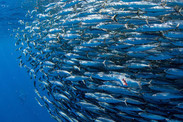
Pacific sardines are a small but sometimes numerous fish closely intertwined with California’s fishing history. A new study linking climate change and the northern sardine stock fishery shows that they may shift north along the West Coast as the ocean warms.
|
|
|
Pacific Islands
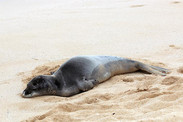
A 3-year-old male Hawaiian monk seal, RK58, was recently transported from Kauaʻi to Hawaiʻi Island for medical treatment at The Marine Mammal Center’s monk seal hospital, Ke Kai Ola. RK58 was found in a weak, dehydrated condition with numerous infected puncture wounds consistent with dog bites.
|
|
|
Southeast
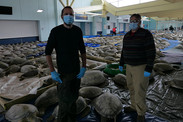
The cold snap accompanying the recent historic winter storm in Texas stunned thousands of sea turtles. A massive statewide effort to save these threatened and endangered animals began in mid-February. The extreme weather caused power outages across the state, which also affected some of the sea turtle rehabilitation facilities. Nearly 11,000 sea turtles were recovered statewide and released into the warmer waters of the Gulf of Mexico.
|
|
|
Greater Atlantic
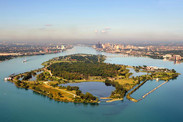
The Great Lakes are among the nation’s most important natural, recreational, and economic resources. But they face many threats, including habitat degradation, pollution, overfishing, and the spread of invasive species. NOAA and our partners work to restore habitat in the Great Lakes region to support the fish, ecosystems, and communities that rely on them.
|
|
|
Upcoming Deadlines
April 2: Give Us Your Input on Making Fisheries and Protected Resources More Resilient to Climate Change
April 26: NOAA Chesapeake Bay Office Announces Fisheries Research Funding Opportunity
May 28: Survey: Commercial harvesters are being asked for input on fisheries technology needs and priorities. Survey conducted by Seafood Harvesters of America
|
|
Upcoming Events
March 9–12: Public Scoping Meetings on the Saltonstall-Kennedy Research and Development Program
|
|
|
|